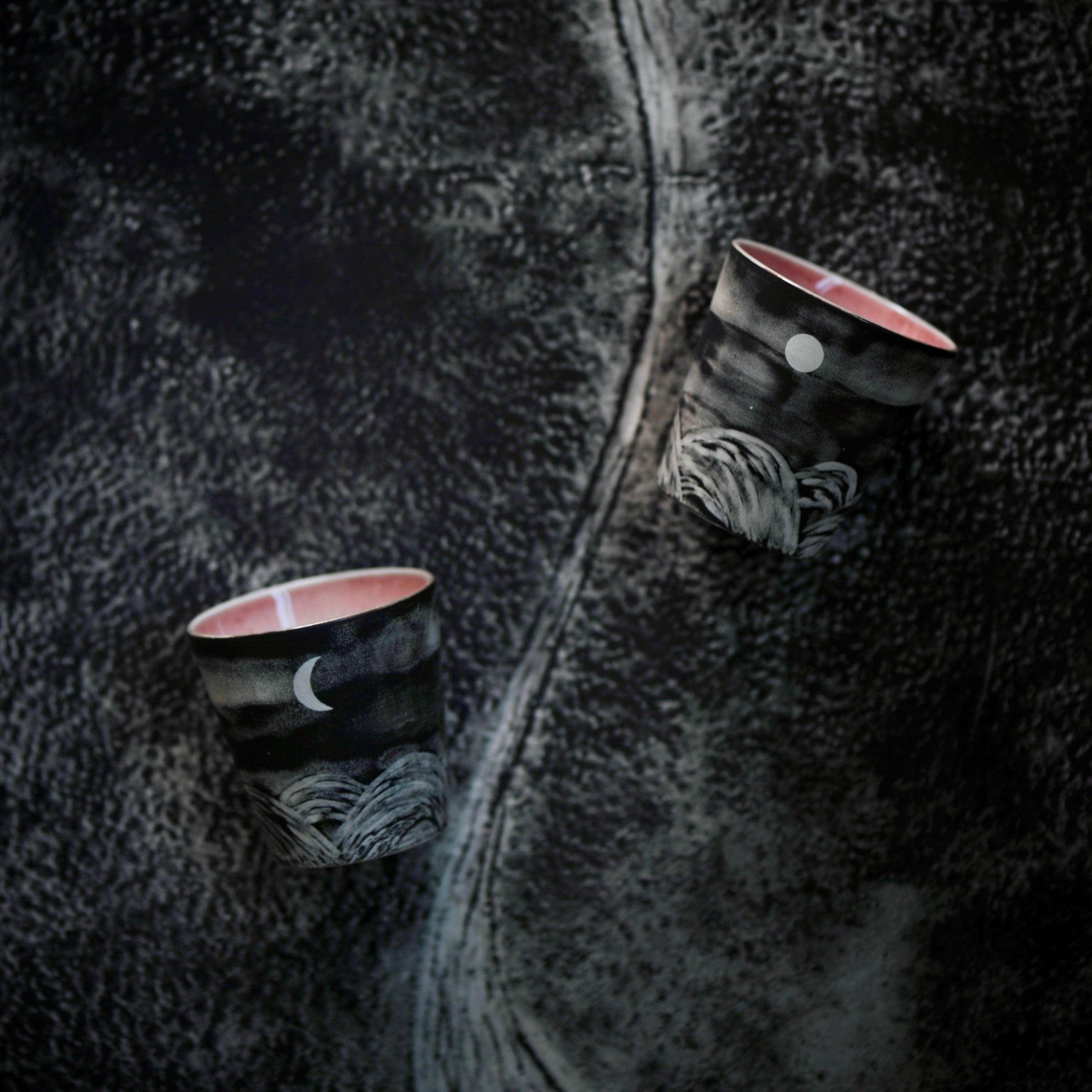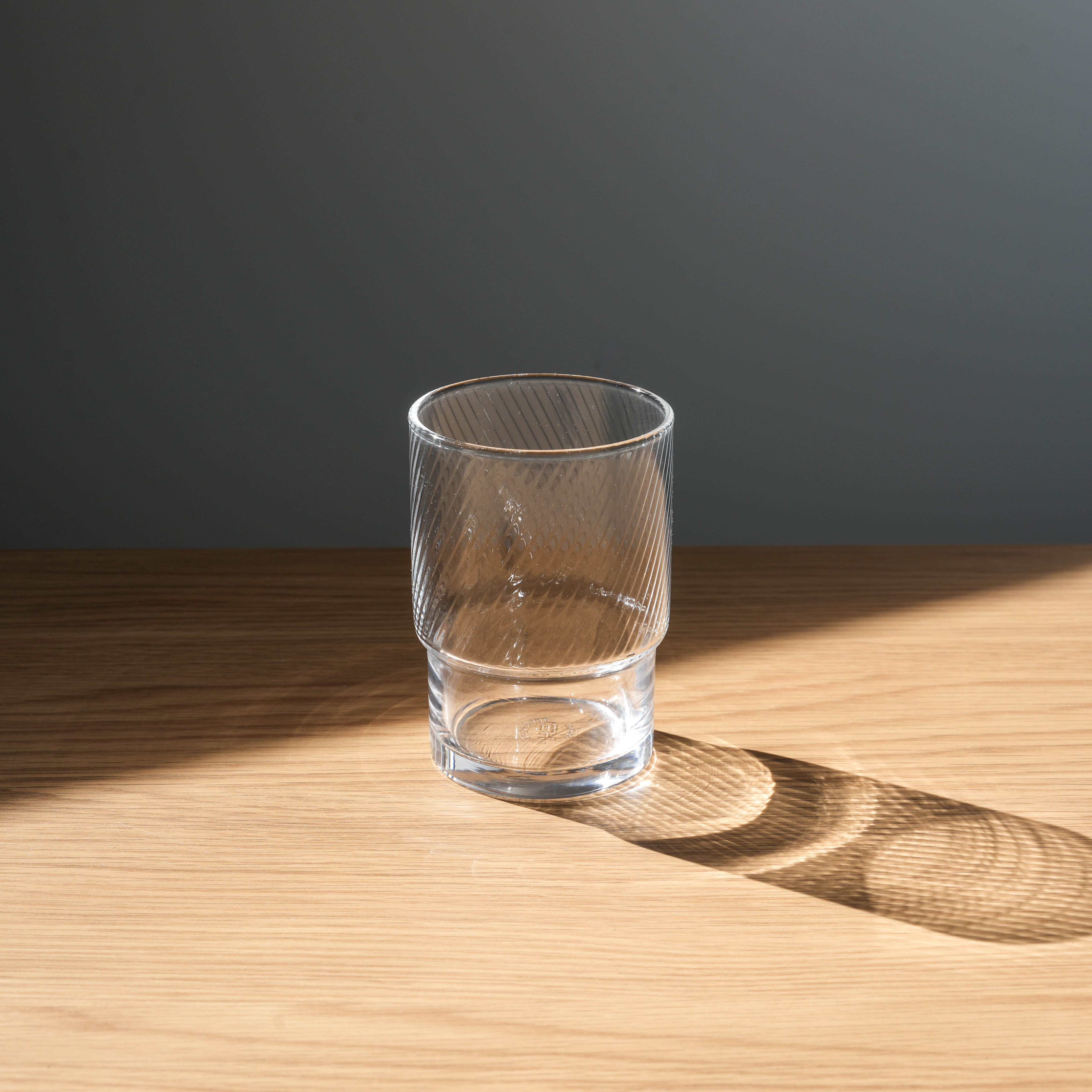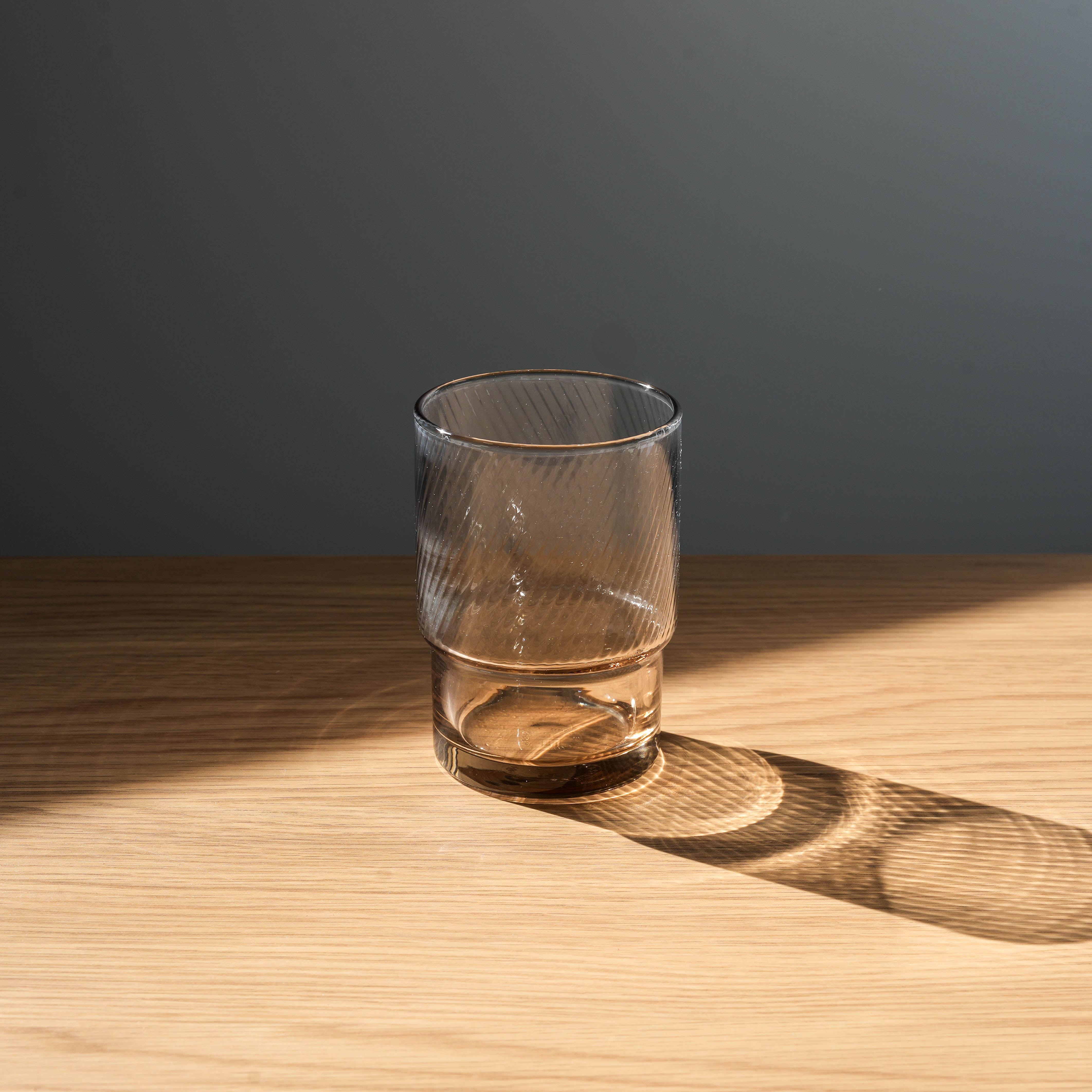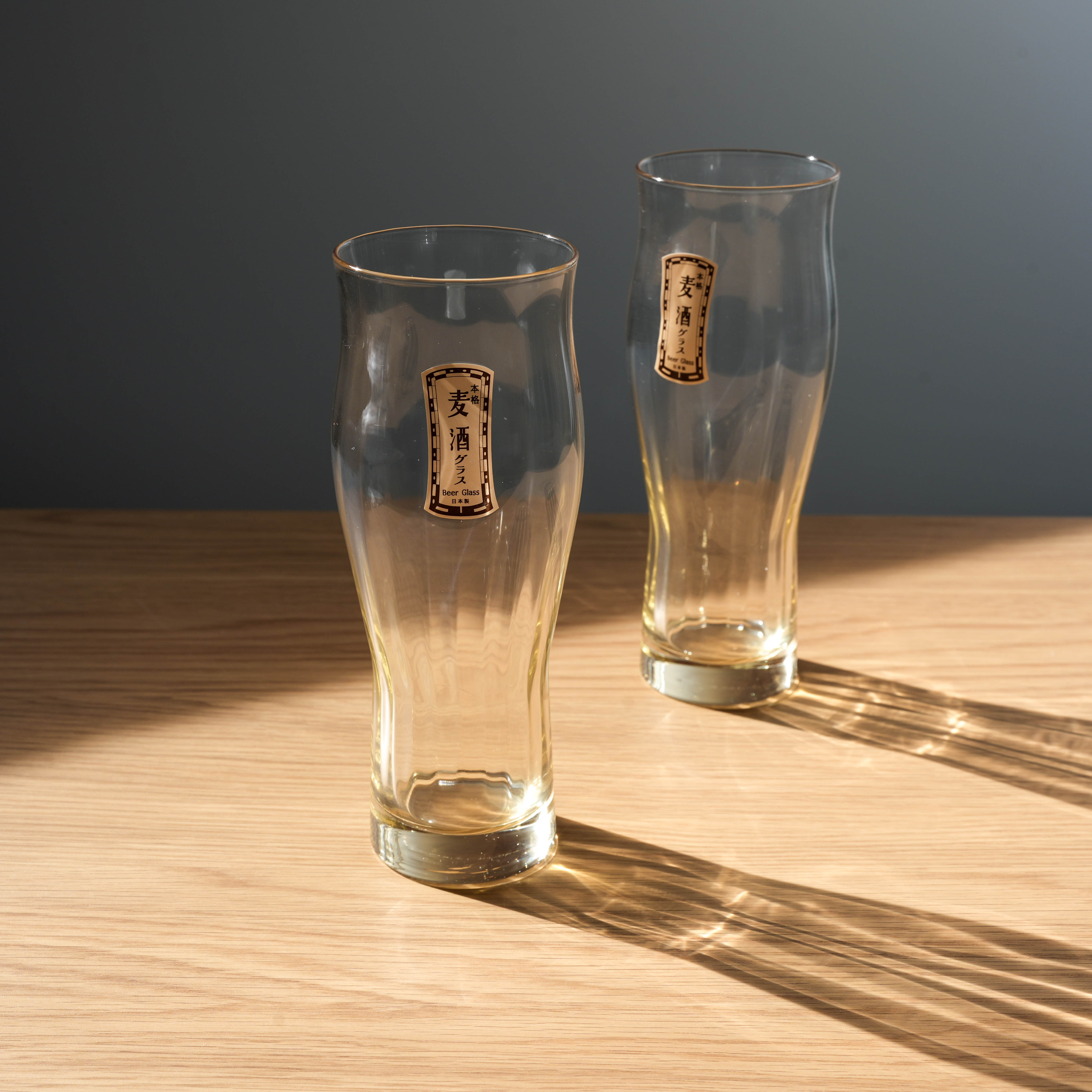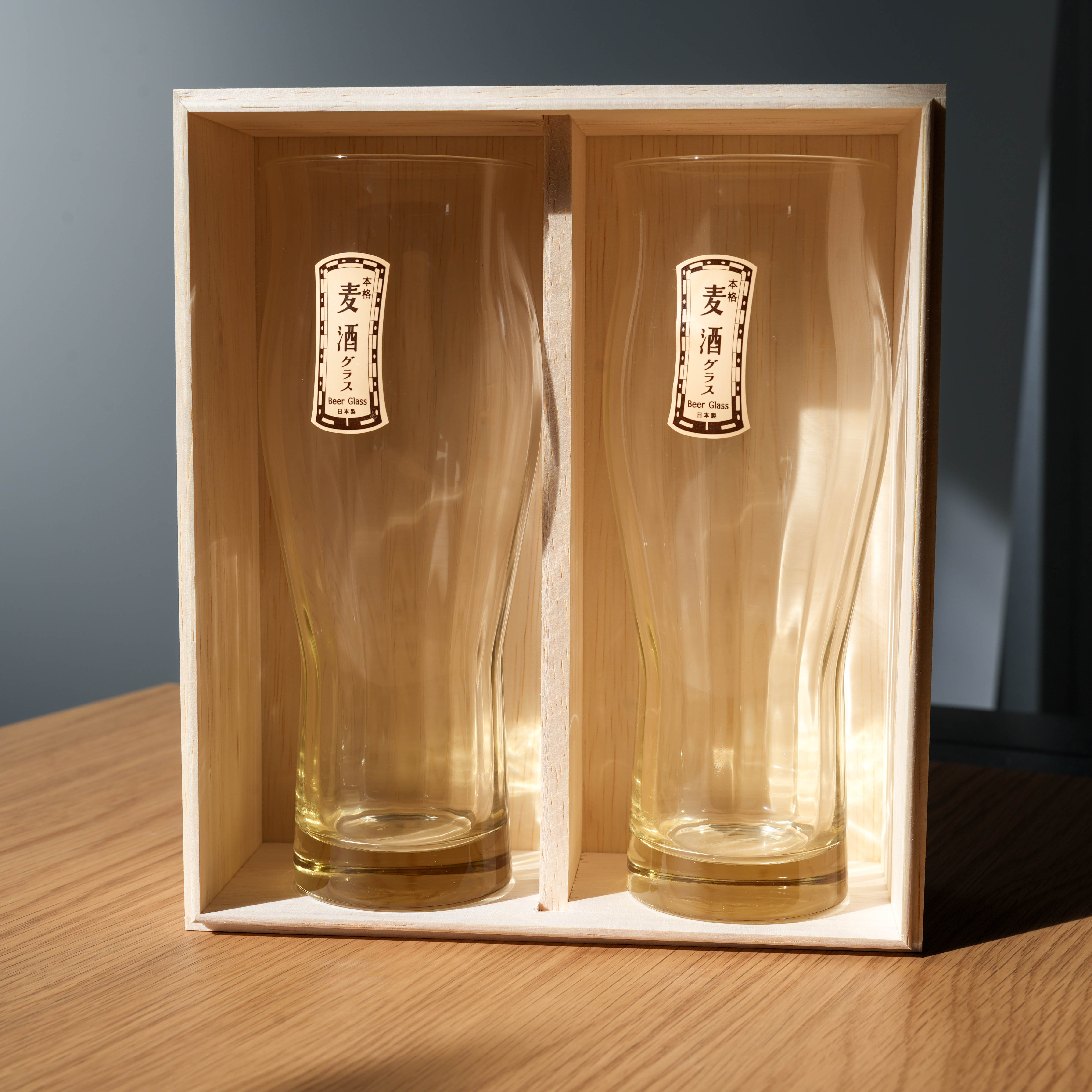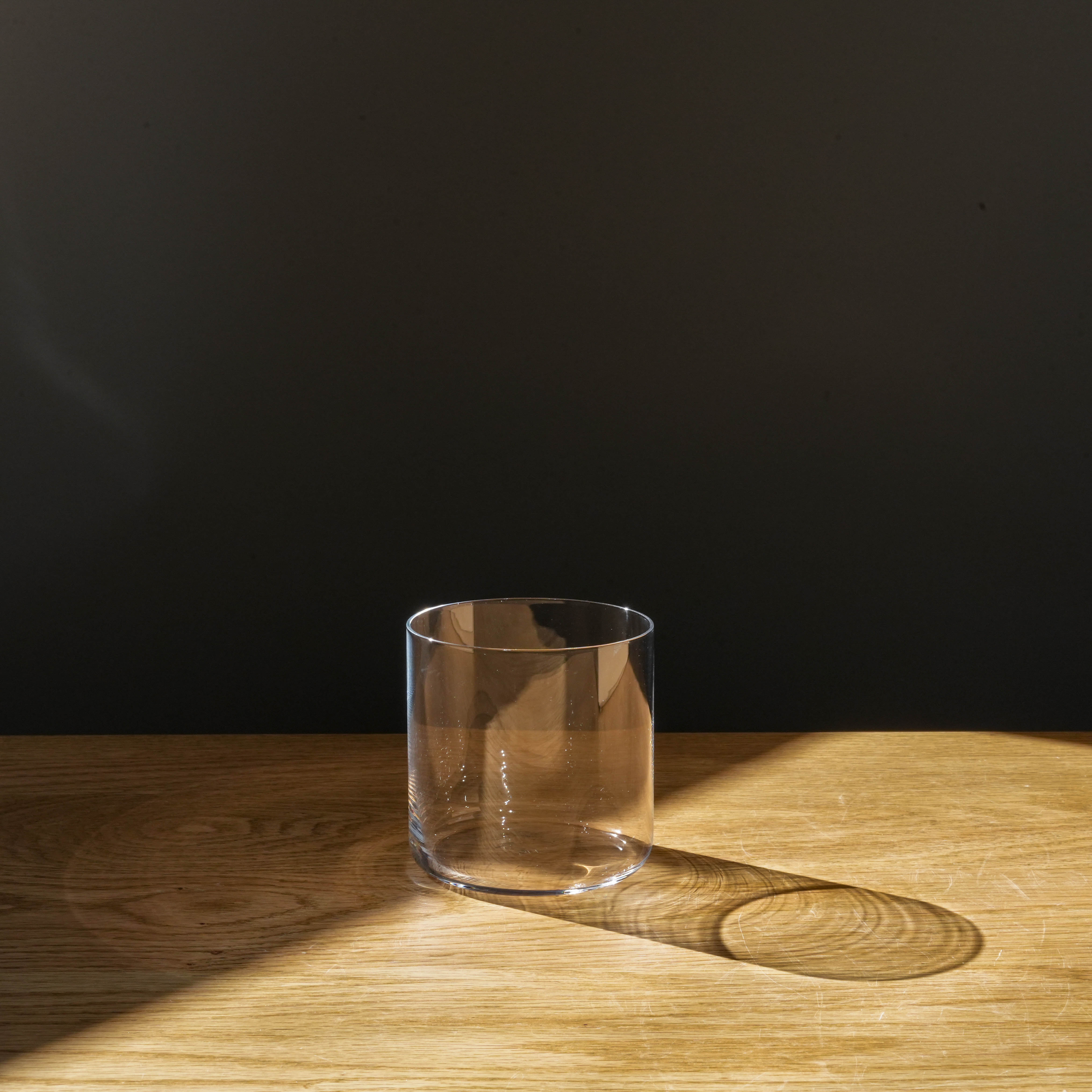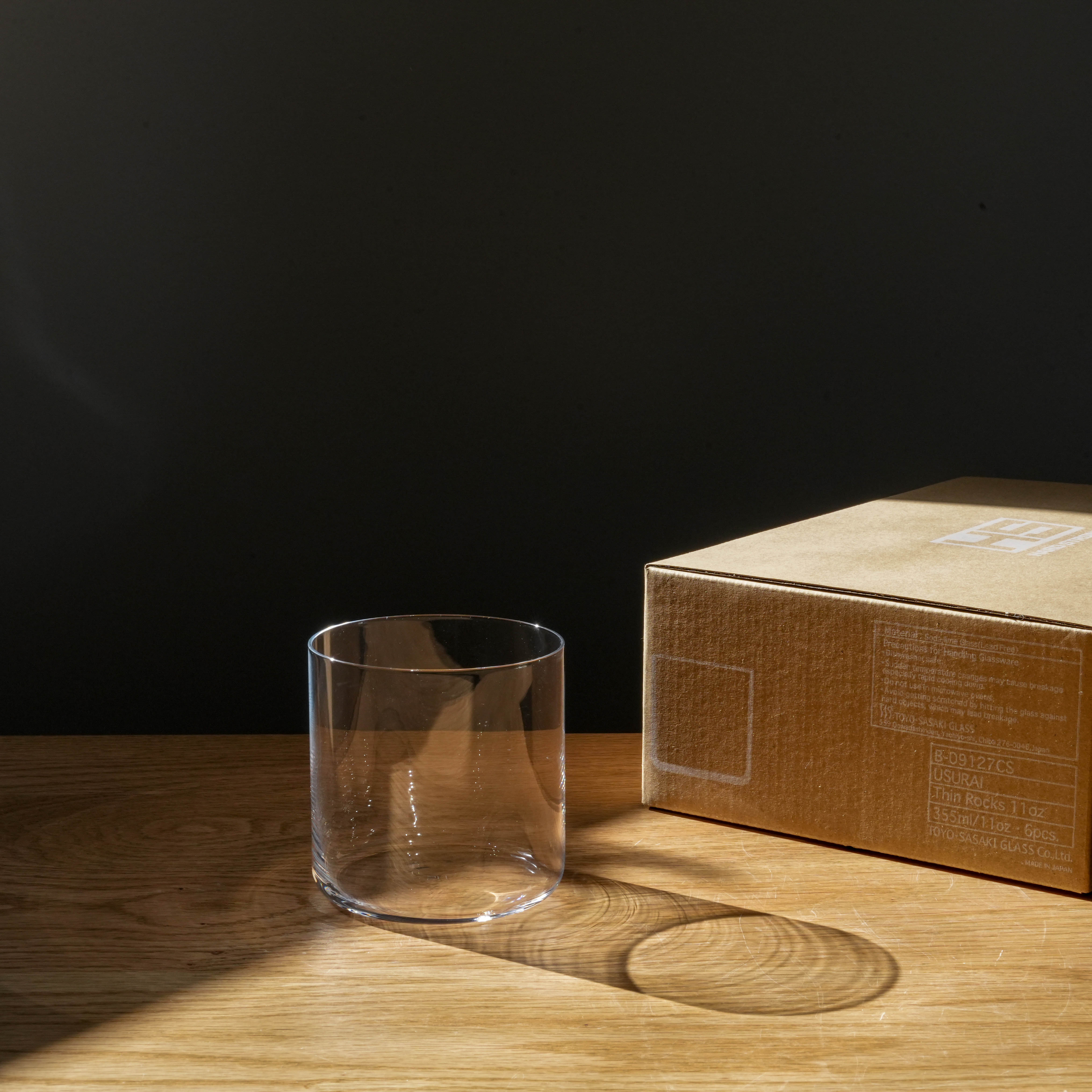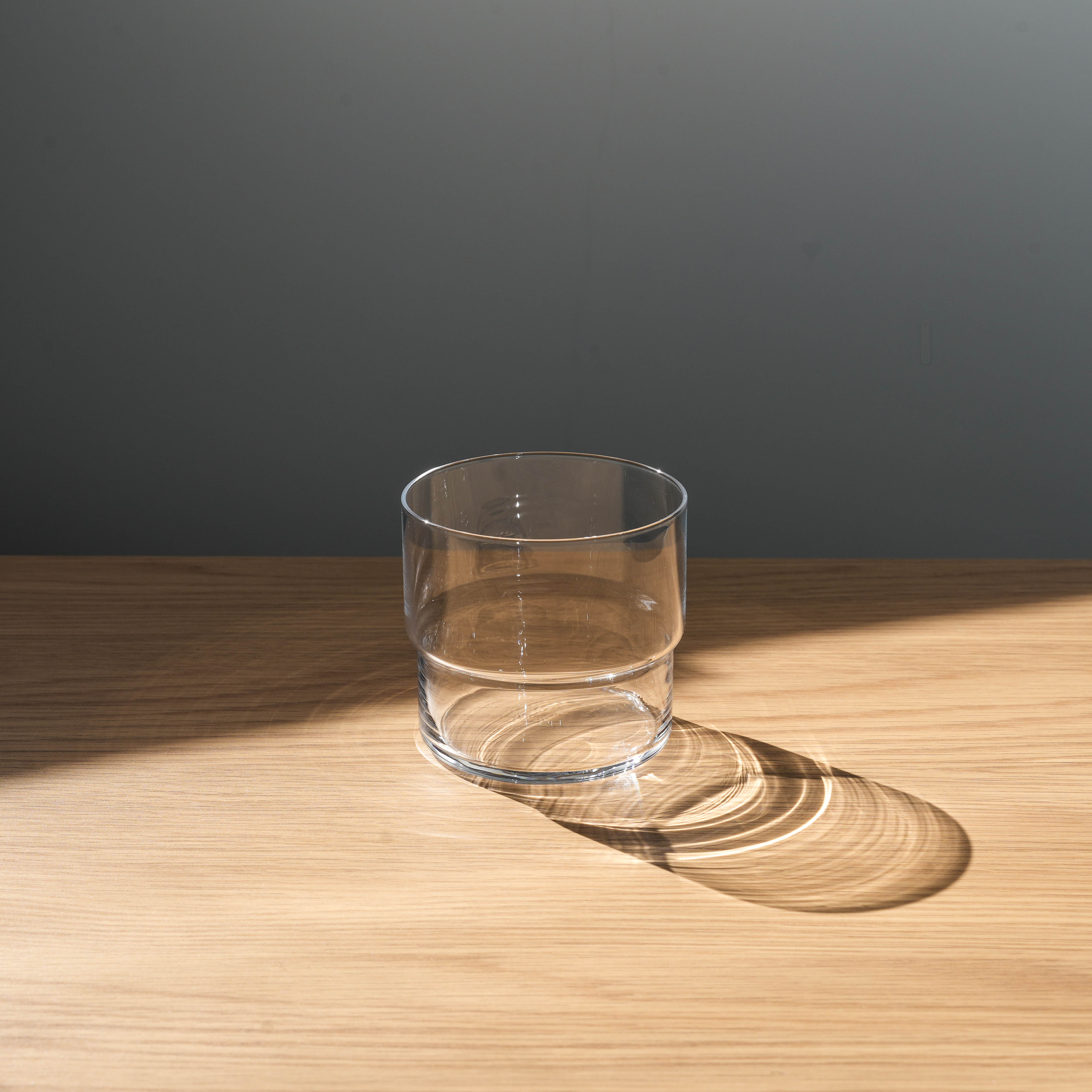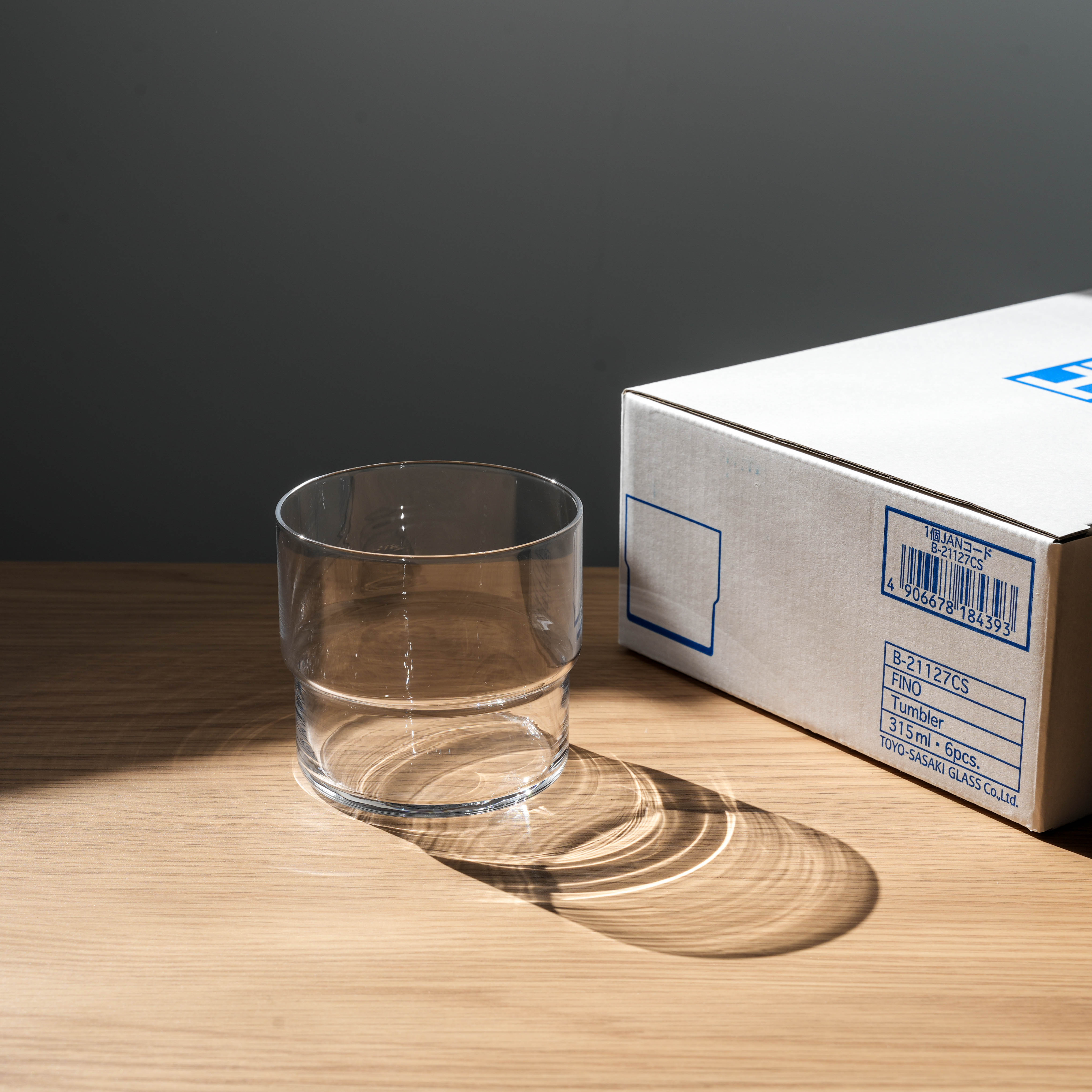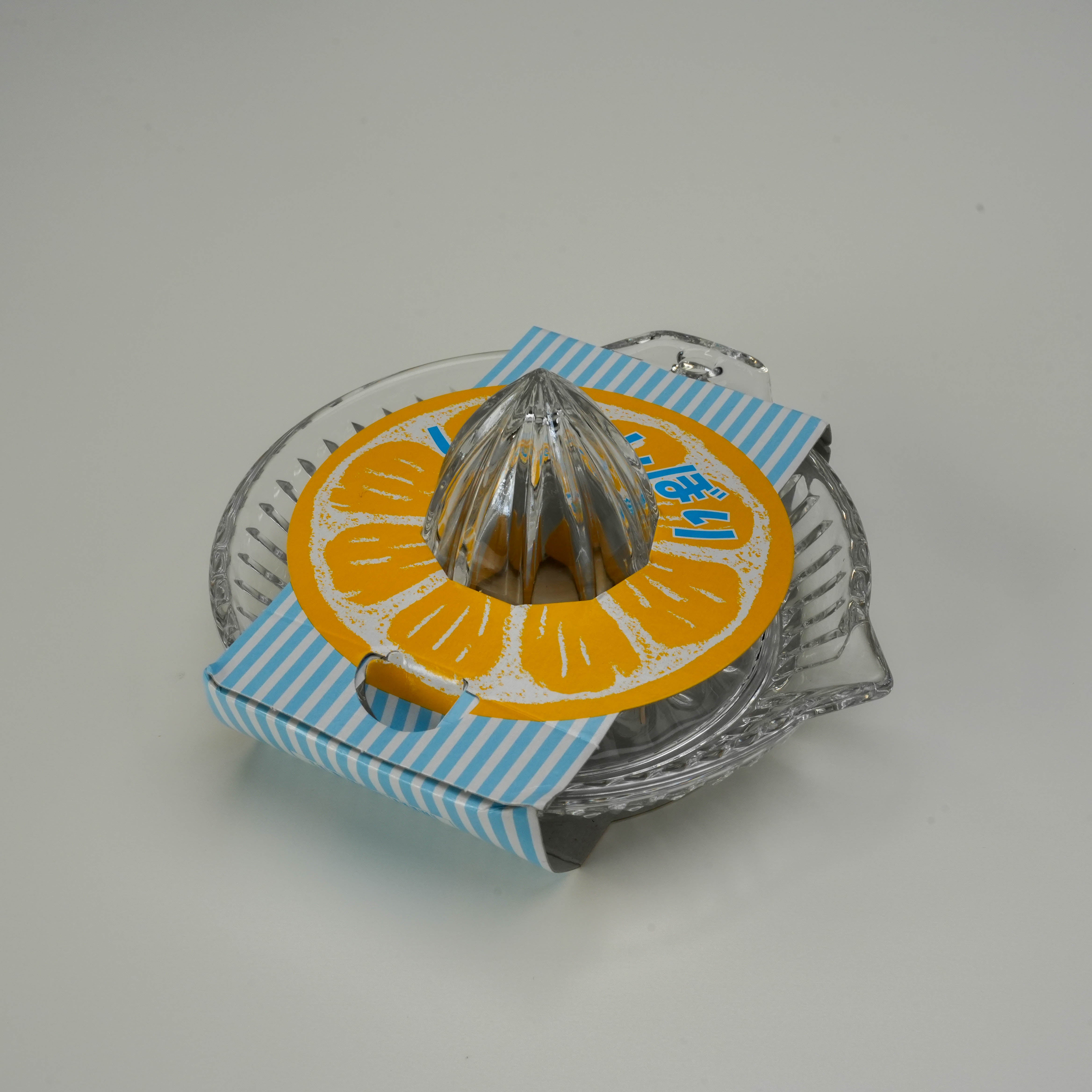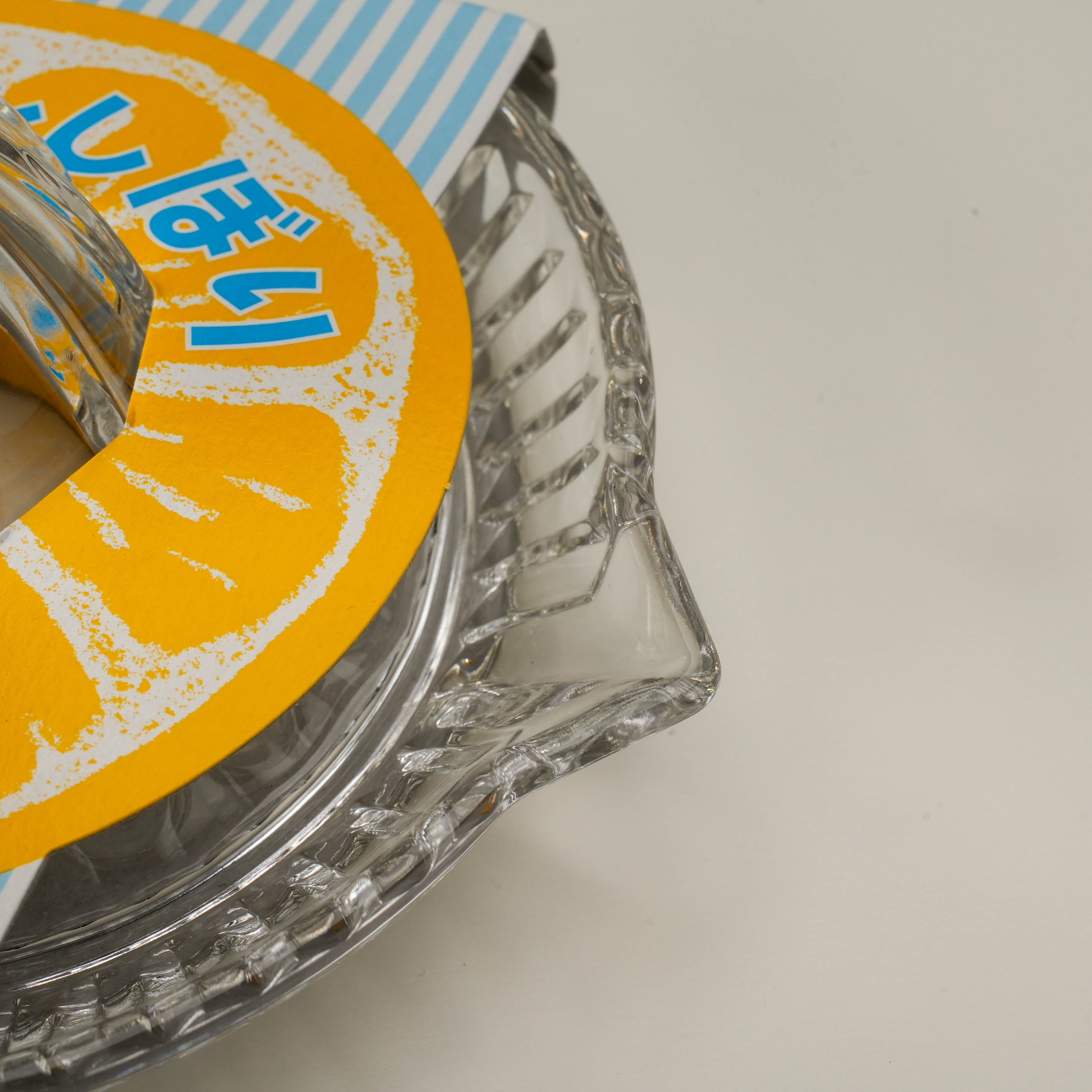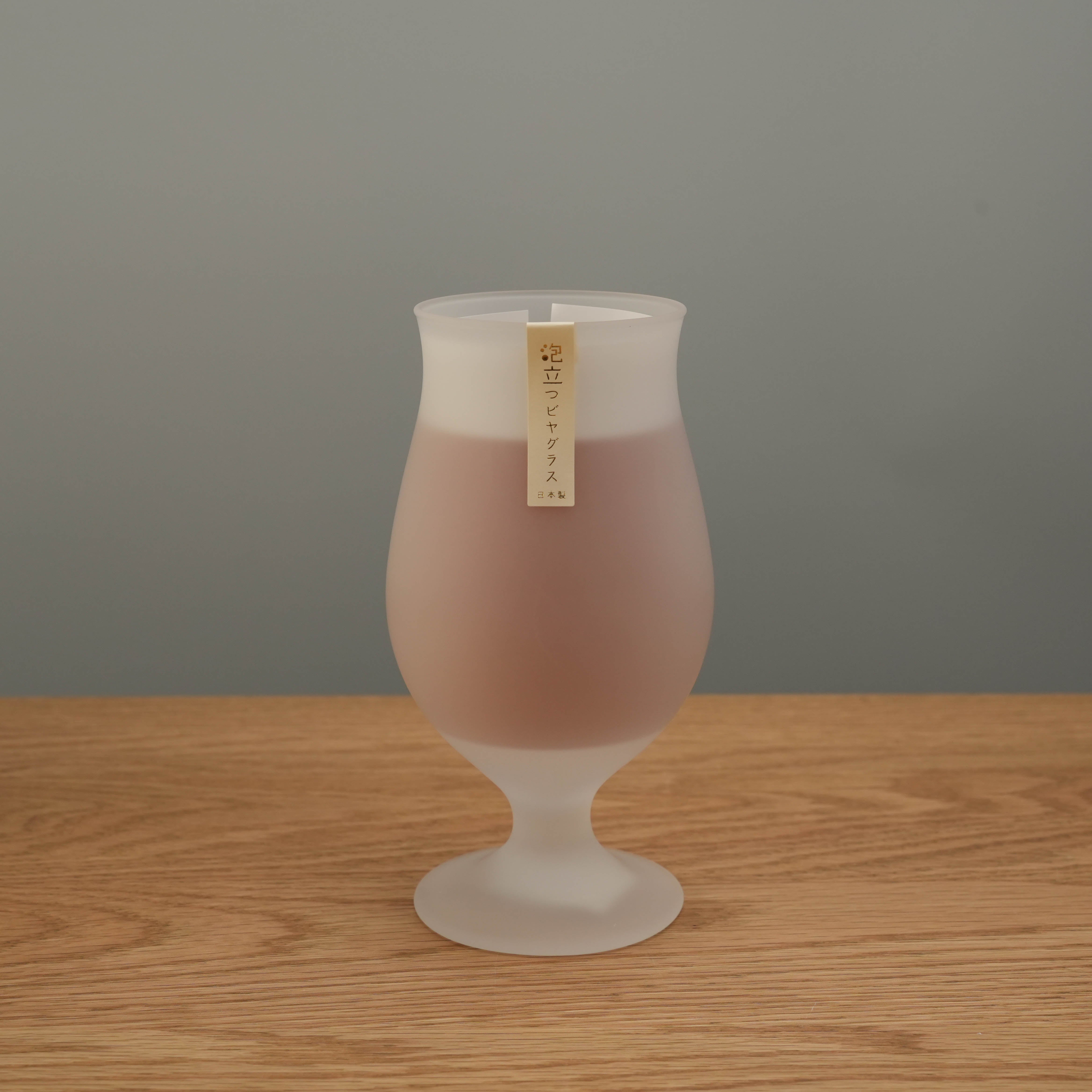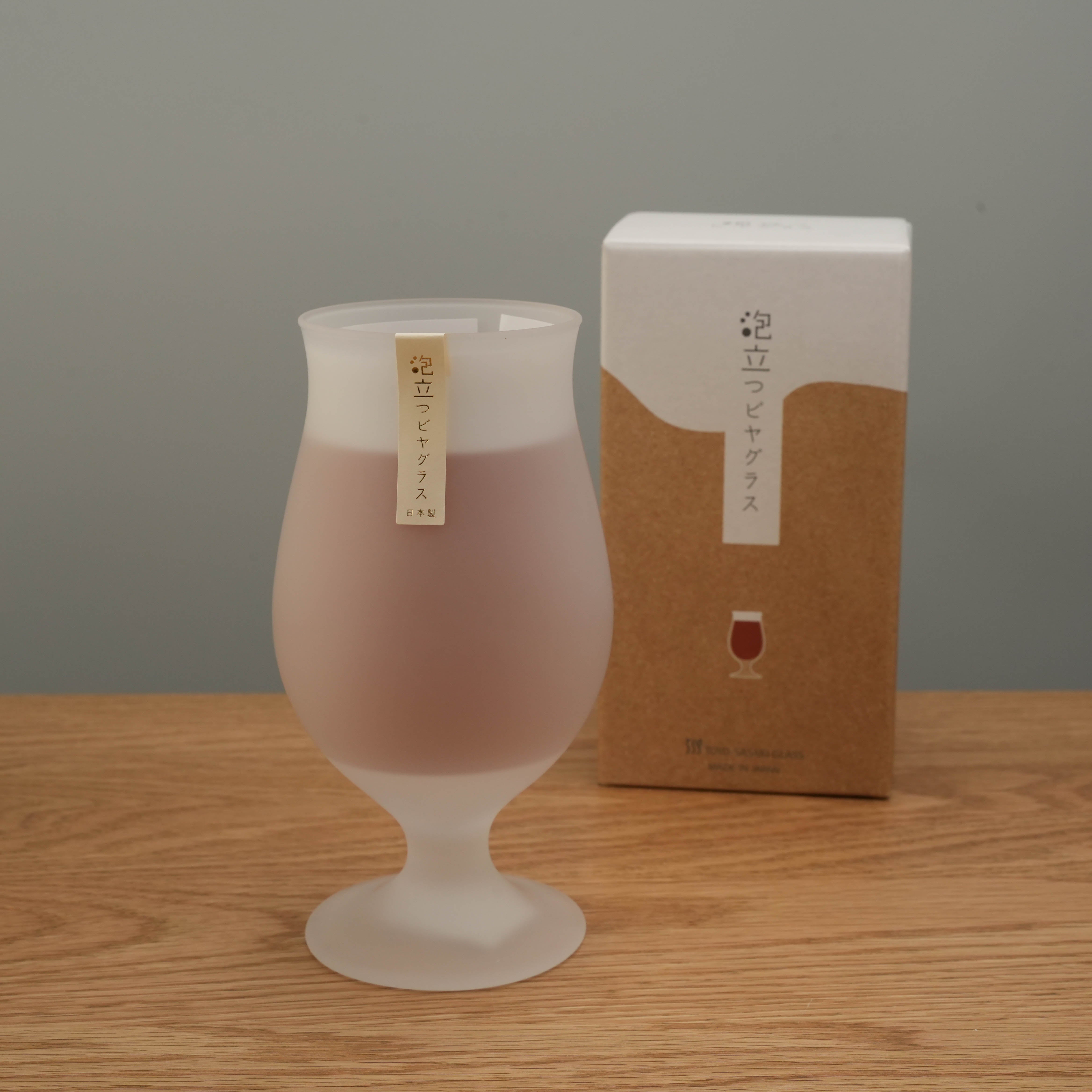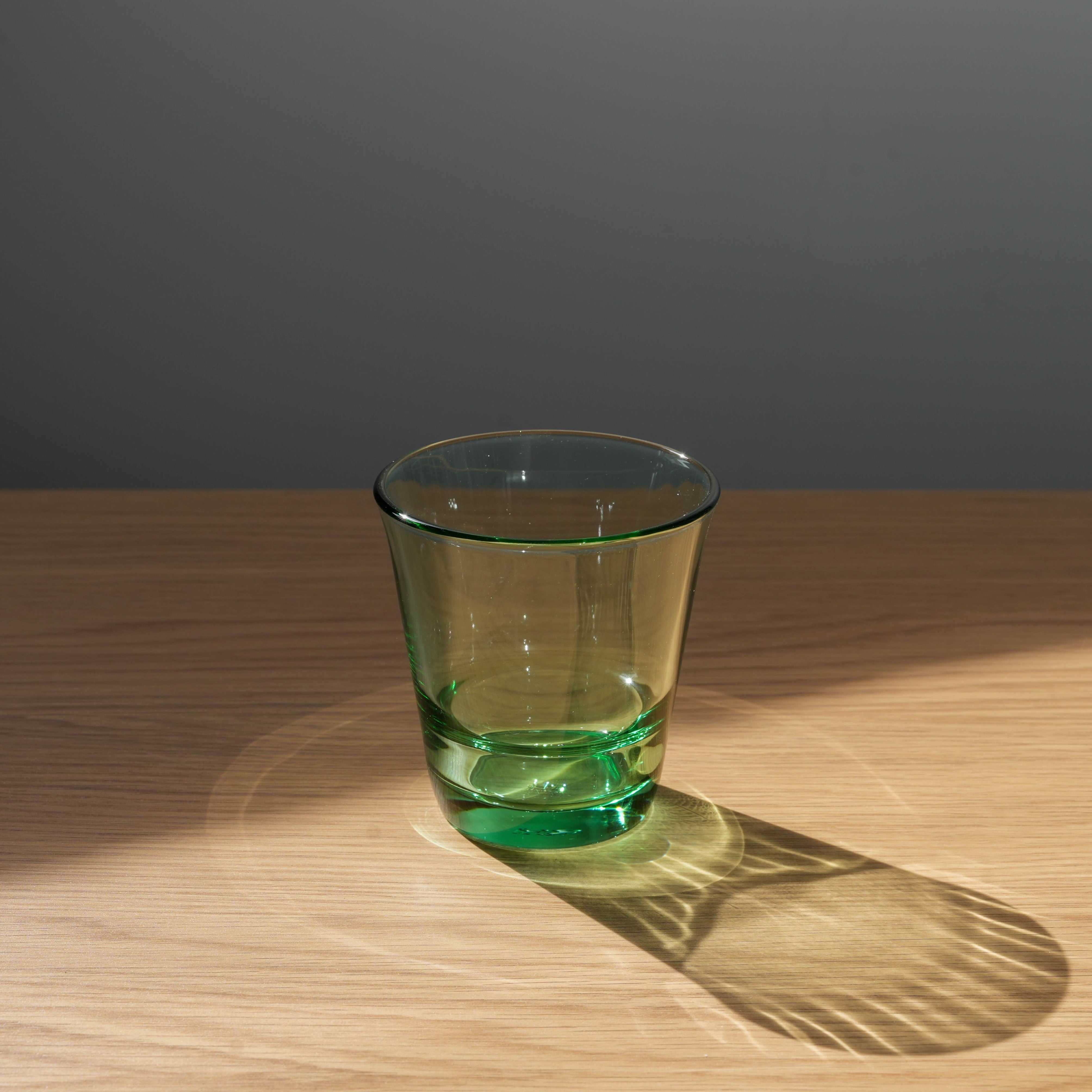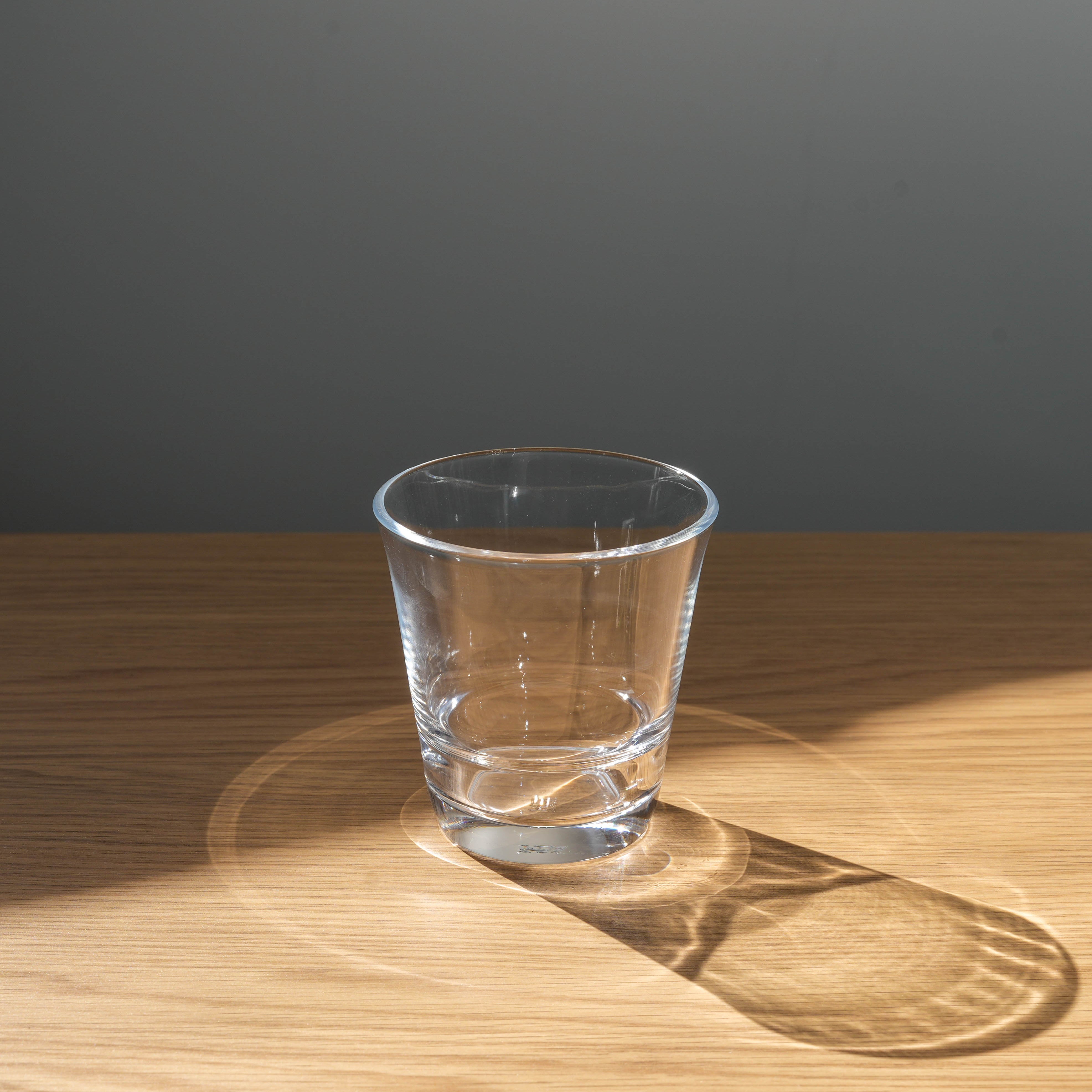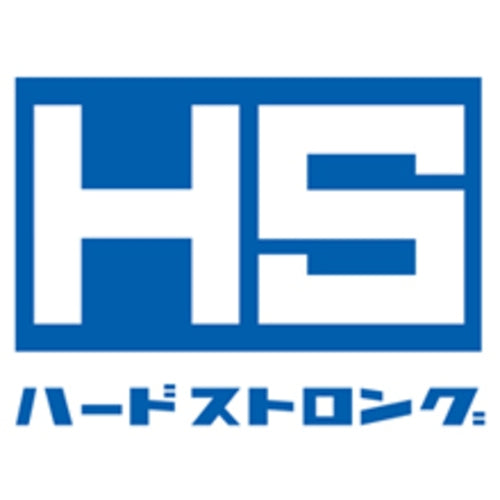Article: History of Toyo-Sasaki Glass: Where Tradition Meets Innovation
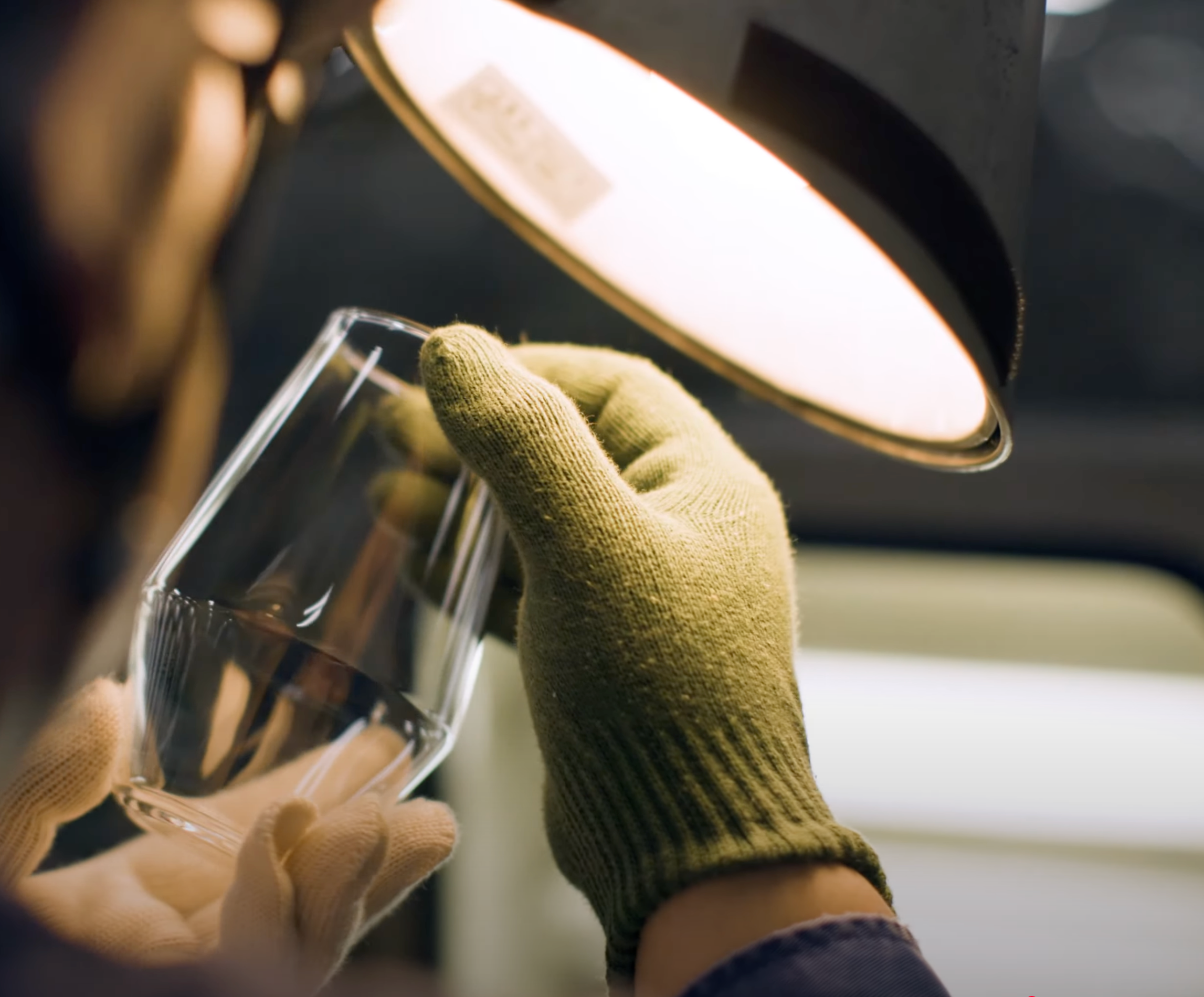
History of Toyo-Sasaki Glass: Where Tradition Meets Innovation
As the first blog from Seifuu, I would love to share our knowledge about the remarkable history of Toyo-Sasaki Glass, one of Japan’s most respected glassware companies. Their sake glasses were also our very first piece of Japanese tableware. It all started with our search for the perfect glassware to enjoy our favourite Japanese sakes—CHOYA’s Umeshu Plum Wine and Umenoyado’s Yuzu Sake.
As what we have found, Australia’s homeware market lacked glassware suited for Asian beverages. Fortunately, during our research and trips to Japan, we came across Toyo-Sasaki Glass and picked our first set of handcrafted crystal glasses, the Takasegawa series. These beautiful pieces elevated our sake experience and marked the beginning of our journey with Toyo-Sasaki.
Earlier this year, we were honoured to be invited to the Toyo-Sasaki showroom in Tokyo. There, we learned about the company’s rich and layered history, which began with two pioneering companies—Sasaki Glass and Toyo Glass—before they merged into the brand we know today.
To fully understand Toyo-Sasaki’s legacy, it helps to understand the broader history of glassware in Japan.
The History of Glassware in Japan
Glassware in Japan evolved from an imported novelty into an established craft beginning in the late Edo period (1603–1868). Compared to Japan’s ceramic, textile, and paper traditions, glassmaking was a relatively new craft in Japan.
It wasn’t until 1853, when U.S. Commodore Matthew Perry arrived with his fleet of modern warships, that Japan was pressured to study Western technologies, which includes glass production. This led to the birth of Edo Glass and Edo Kiriko—traditional cut glass characterized by intricate hand-cut designs.
During the Meiji era (late 1800s), the Japanese government established Shinagawa Glassworks, the country’s first modern glass factory. It was here that Magoichi Shimada, later the founder of Toyo Glass, learned European techniques and helped initiate Japan’s first domestic plate glass production.
By the Taisho (1912–1926) and Showa (1926–1989) eras, glassware production in Japan had matured. Skilled artisans and small manufacturers created a diverse range of high-quality products—from ornate Edo Kiriko and vibrant mouth-blown pieces to functional soda-lime glass for everyday use.
Regional style also flourished. Toyama, once known for its pharmaceutical glass vials, became a center for contemporary glass art and is now home to the Toyama Kirari Glass Museum, a tribute to Japan’s leading glass artists.
In the late 1990s, with Japan’s booming economy, companies embraced automated manufacturing. Glass production soared—exceeding domestic consumption. As noted by Seiichi Kimoto in his writings, glasses were often branded and distributed for free at restaurants to promote beer and sake, increasing consumer familiarity and appreciation for glassware.

Surprisingly, this period also saw a growing interest in specialty glassware, such as crystal glasses and uniquely shaped pieces. Today, Japan’s glass industry continues to blend tradition with innovation, preserving heritage crafts like Edo Glass while introducing sustainable, high-performance materials to global markets. The two companies that we are going to introduce have forged in the fires of competition, they did not only to survive – but to define the era they lived through.
Sasaki Glass
Sasaki Glass began as a wholesaler in 1902, when Sasaki Sojiro opened a lamp business in Kanda, Tokyo. Their close ties with local glass factories soon drew them into the tableware industry.
In 1947, the second-generation owner, Sasaki Shuichi, established Japan’s first screen printing glass factory in Ujiie, Tochigi Prefecture. By 1950 (Showa 25), they opened a new factory in Sumida-ku, Tokyo. The introduction of their H-28 machine marked a significant technological breakthrough, making Sasaki Glass the first company in Tokyo to automate glass production. This transition led to an era of uniform, stable, and high-quality production, although it led to the decline of many traditional handmade glassmakers across Japan.
In 1963, Sasaki installed more advanced automated equipment. At peak capacity, their three factories—including one operated jointly with Toyo Glass—ran 24 hours a day, producing up to 300,000 glass pieces daily.
This was also the era that they have launched the legendary HS Hard Strong series, a line of rim-toughened glasses that remain on the market over 50 years later, with more than 800 million units sold. The HS series became a benchmark in durable, commercial-grade tableware that combined elegance with extraordinary strength. (We’ll dedicate another blog post to explore the HS series and its award-winning design.)
Despite their early success, Sasaki Glass faced financial decline in later years. The company had expanded to international markets, including a showroom in Manhattan and product lines in U.S. department stores like Bloomingdale. However, as Shuichi Sasaki became increasingly involved in external roles, e.g. representing Kanda Shrine, their internal management weakened. Financial missteps eventually led to bankruptcy when his son had become the director of the company.
Thankfully, in 2002, Sasaki Glass merged with Toyo Glass to form Toyo-Sasaki Glass Co., Ltd.
Toyo Glass
Before founding his own company in 1888, Magoichi Shimada worked at the government-funded Shinagawa Glassworks, Japan’s first glass factory established in 1878. Under British engineer James Speed, Shimada studied European glassmaking techniques and secret ingredient formulations.
In 1888, Shimada founded Shimada Glass Factory in Osaka’s Kawasaki Village and succeeded in producing Japan’s first domestically made plate glass which was another landmark achievement. He later partnered with Toshiya Iwasaki to promote local plate glass production, launching the Osaka Shimada Glass Manufacturing Company in 1906. The partnership ended, with Iwasaki going on to found Asahi Glass, while Shimada refocused on producing tableware.
Shimada continued to innovate and improve factory technology, earning the Medal with Blue Ribbon for his industrial contributions. He passed away in 1927 while giving a lecture in Osaka at age 66. His son continued the company’s legacy, introducing automatic pressing machines, lead crystal mass production, and TBM (Triple Blow Molding) technology that allowed tumblers to be shaped with minimal mold pressure while maintaining smooth finishes.
This tradition of innovation was carried forward with the 2002 merger with Sasaki, creating a unified brand that honours the legacy of both founders.
The Modern Era of Toyo-Sasaki Glass
Sasaki and Toyo Glass, once rivals, united in 2002 under the strategic guidance of the Toyo Seikan Group. This merger formed Toyo-Sasaki Glass Co., Ltd. and led to the opening of a new, modern factory in Yachiyo City, Chiba Prefecture—featuring cutting-edge automation alongside a dedicated department for handmade glassware.
Despite the challenges of merging two product lines and cultures, the consolidation preserved Sasaki’s design legacy, Toyo’s technical advancements, and both companies’ long-standing customer relationships.
In 2007, Toyo-Sasaki introduced Fine Crystal, a lead-free, eco-friendly crystal glass, followed by an ion-strengthened version in 2008—both of which became patented innovations in Japan.
Looking ahead, Toyo-Sasaki is poised to lead Japan’s glassware industry into a new era—one where traditional artisanry co-exists with sustainable design and global excellence.

